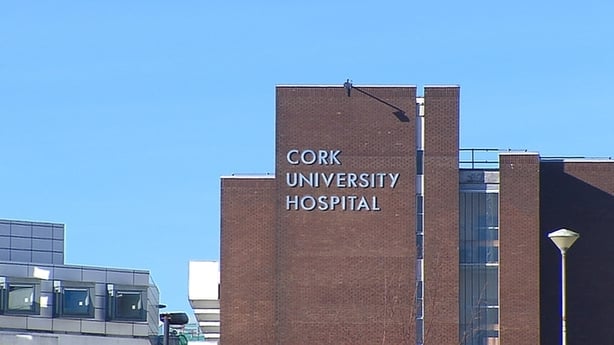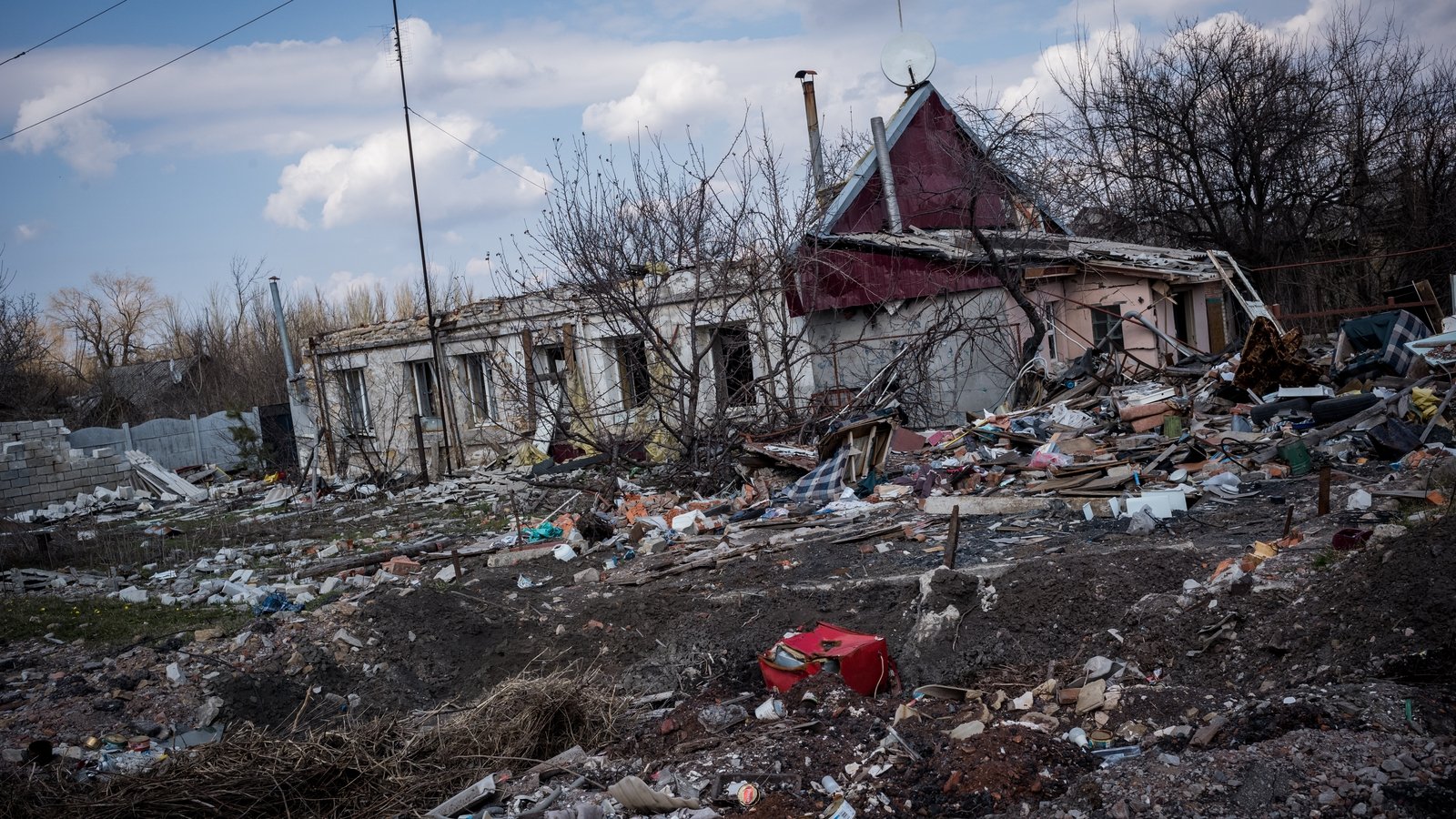The ongoing issue of overcrowding in Irish hospitals

Back in the late 1980s, Dr John O’Connell, who would become Minister for Health, drew considerable fire for suggesting that there was no hospital bed shortage at the time and that a trolley was simply a bed – with wheels.
Since I started covering health some 36 years ago, hospital overcrowding has been with us in some shape or form and successive attempts to eliminate it by various administrations have not succeeded.
It used to be a major issue during the clinical winter, but health staff now say that hospital overcrowding has become an all-year round problem.
Winter viruses
Certain times of the year are usually worse than others and a variety of factors come into the mix from time to time, like significant respiratory illnesses during winter. This winter season has seen significant levels of influenza, RSV (respiratory syncytial virus) and Covid-19 but these all appear now to have peaked.
January is the month that usually sees new records set for trolley waits and overcrowding – but not this January.
Daily trolley numbers are published by the HSE and the Irish Nurses & Midwives Organisation (INMO). So far this month, the INMO trolley numbers have recorded a daily low of 450 on 11 January and a high of 654 on 24 January.
The highest number ever recorded on a single day in Ireland was 931 patients noted on 3 January last year.
Daily trolley figures
Last month, the HSE began reporting a new data set on overcrowding called the daily ‘Urgent & Emergency Care Report’ and for most days last week, its figures put the numbers on trolleys in the mid to high 400 range.
The new HSE data system includes information on the number of patients on trolleys, or in other inappropriate beds.
It also includes patients in beds, not usually used for patients admitted through the emergency department which is known as surge capacity. This refers to beds that are taken from elsewhere in a hospital to meet the demand in the emergency department.

There is a regular debate about whether the focus should be on how long individual patients are waiting, rather than the number of patients waiting.
The HSE data shows the number of patients waiting over 24 hours, plus the number of people aged 75 years and older waiting over 24 hours. The HSE target is that no more than 320 patients should be waiting for admission to a bed at 8am each day, on average, in a month.
It also says that no patient aged over 75 years should be waiting over 24 hours for admission. However, this target can be missed. On Thursday for example, there were 11 patients in this cohort waiting over 24 hours for admission to a bed and nationally 92 patients were recorded as waiting over 24 hours for admission to a bed.
Hospitals under pressure
Some hospitals regularly experience severe overcrowding like University Hospital Limerick (UHL), University Hospital Galway and Cork University Hospital (CUH).
President of the Irish Association for Emergency Medicine Professor Conor Deasy, who is also a consultant in CUH, said the hospital emergency department was operating at 300% capacity on Thursday.
He pointed out that staff are not able to cope effectively and safely when there is an exponential surge.
Consultant Rheumatologist at Beaumont Hospital and Former Vice President of the Irish Hospital Consultants Association Laura Durcan said she wishes there were more beds in the health system so doctors could “look after people and take care of them in an appropriate environment”.
She pointed out that patients who had been admitted in Beaumont were “in every corner of the hospital”, adding she though it was “reflective of what is happening nationally”.
“There is no corner in the hospital that isn’t at the moment housing an acutely unwell patient that has been admitted from the ED,” she added.
Waterford University Hospital

At the other end of the spectrum is Waterford University Hospital (WUH) which had no patients waiting any day last week in its Emergency Department, prompting the question: What is WUH doing that others might copy?
It is important to note that each hospital has a certain population size, different demographics, specialist services and capacity and while no one size fits all, there must be lessons for many hospitals in the successes achieved by others.
WUH prioritises patients who arrive in the emergency department, so it cancels planned operations if necessary. However, this means a negative knock-on effect with deferred procedures and longer waiting lists.
WUH also buys bed capacity locally at the private UPMC Whitfield Hospital, alongside step-down beds from local nursing homes to free up beds. Consultants work weekends at WUH but do so in other hospitals too. The extra ward rounds by specialists at the weekend can allow more patients to be discharged faster which frees up beds.
There are now 1,500 consultants signed up to the new public only contract, which has specialists rostered on Saturdays for the first time.
All these measures help WUH to be high-performing in terms of trolley numbers. But WUH is not alone, on Friday the HSE reported no patients waiting in the emergency department in Wexford General.
University Hospital Limerick

Then there is the opposing end of the spectrum. University Hospital Limerick (UHL) has a huge population area, and the Nenagh and Ennis emergency departments were shut years ago. According to the INMO’s figures yesterday, UHL had 89 patients waiting for admission to a bed.
The required increase in bed capacity at UHL will take time to put in place. As a result, it regularly reports trolley numbers in excess of 100 patients a day. UHL has also been the subject of a highly critical Health Information and Quality Authority (HIQA) report on its emergency department.
Many hospitals have patients who are medically fit to leave but there is nowhere for them to be transferred to for various reasons. The HSE records the number of these patients each day. These are categorised as ‘Delayed Transfers of Care’ and in hospitals last week, there were around 377 of these patients on any given day.
It could be that they are unable to go home until home care can be arranged, or they are waiting on a Fair Deal nursing home place or a step-down bed elsewhere. The hospital beds occupied by these patients are not available for others. Some hospital beds are also closed due to staff shortages, infection control or refurbishment.
HIQA report

HIQA published a major overall report on emergency departments in December 2022.
It found that factors contributing to overcrowding include insufficient measures to enable patient flow, inadequate bed capacity, limited access to community services and short staffing. HIQA said that overcrowding in emergency departments compromises the dignity and respect of patients and poses a risk to health and safety of patients.
It is a long time since March 2006, when then minister for health Mary Harney described overcrowding as “a national emergency” on the day when there were 384 patients on trolleys.
The problem has not been solved, despite task forces, winter initiatives, extra beds, and numerous reports.
The INMO recorded last year that 122,879 patients, including 3,494 children, were admitted to hospital without a bed.
The union says the health service is working in a near constant state of overcrowding. It also warns that the recent HSE staff recruitment freeze will not help matters and it would like to see more planned procedures postponed to prioritise urgent care.
Ireland has a growing and ageing population, so these factors are also adding to more emergency department attendances.
The fact that this January has not been as bad as many previous years, might suggest some things are working, but this will not be clear until the longer-term trend can be established.
Surge
Traditionally, hospitals see a surge after the Christmas and New Year festivities and although there was a surge this year, it did not match the scale of previous ones.
Over the past few weeks, the health service had to deal with a peak of cases and hospitalisations of flu, Covid-19 and RSV and planned procedures were postponed to cope.
December and January saw a weekly peak of 1,624 flu cases,1,200 Covid-19 cases and 825 RSV cases.
The situation contributing to overcrowding is complex and very dynamic, containing many factors.
However, no day is a good day in the health service, when hundreds of patients are waiting on trolleys for admission to a bed, many of them elderly and frail, and it has been that way for decades.





